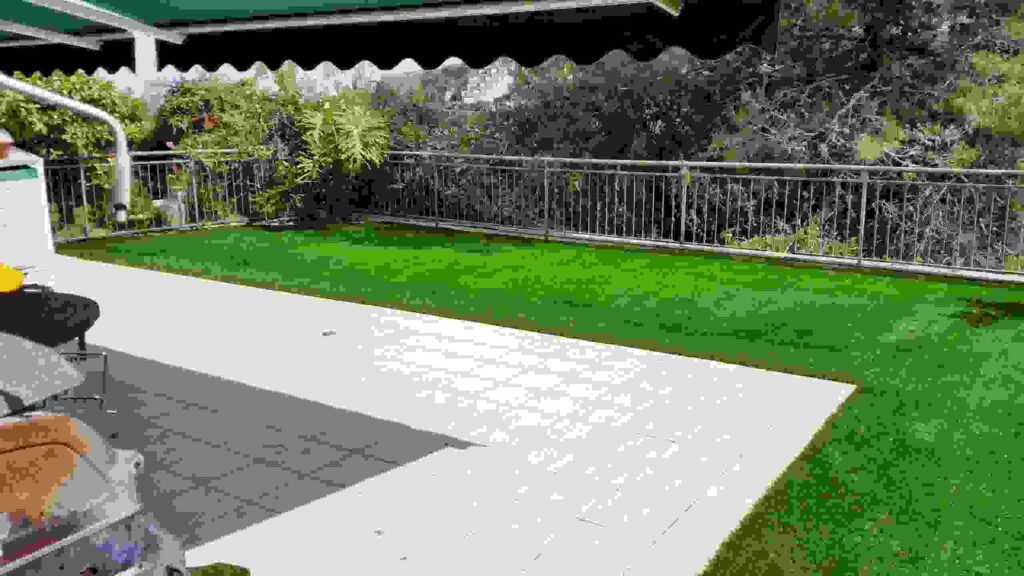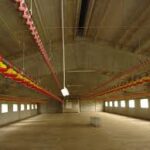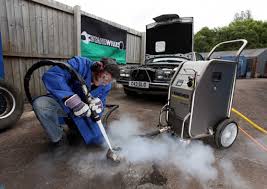If you’re considering upgrading your outdoor space with artificial turf, this comprehensive guide will walk you through every step of the process, ensuring a professional-grade result that stands the test of time.
Understanding the Benefits of Artificial Turf
Before diving into the technical aspects of turf installation, it’s important to appreciate why artificial turf installation has become so popular:
-
Sustainability: Reduces water consumption and chemical use.
-
Low Maintenance: Eliminates mowing, fertilizing, and weeding.
-
All-Weather Utility: Stays green and functional year-round.
-
Cost-Effective Over Time: Initial investment pays off in savings on maintenance and water bills.
With these advantages, it’s easy to see why many property owners are making the switch to fake grass installation.
Preparing for Turf Installation: A Critical Step
The success of any artificial turf installation lies in the groundwork—literally. Skipping or rushing through preparation often leads to poor performance and a shorter turf lifespan.
1. Site Evaluation and Design
Start by evaluating the area for slope, drainage patterns, and obstacles. Proper planning minimizes challenges during installation and ensures better long-term results.
2. Clearing and Excavation
Remove all natural grass, roots, and debris from the installation site. Ideally, you should excavate to a depth of 3–4 inches to make room for the base materials.
3. Building a Proper Base
A solid, well-drained foundation is essential for successful turf installation. Lay down a layer of crushed rock or decomposed granite, then compact it thoroughly to create a smooth, stable surface.
4. Installing a Weed Barrier
Place a high-quality geotextile fabric or weed barrier to prevent unwanted plant growth without interfering with drainage.
The Installation Process: Crafting a Perfect Lawn
Precision and attention to detail are critical during the artificial turf installation phase. Here’s how to get it right:
1. Laying the Turf
Unroll the turf and let it sit in the sun for a few hours. This helps eliminate wrinkles and makes the turf easier to work with. Make sure all turf pieces are facing the same direction for a uniform appearance.
2. Cutting and Fitting
Carefully trim the turf around borders, trees, and other features. Always use sharp blades to ensure clean cuts and avoid jagged edges.
3. Seam Joining
Where two pieces of turf meet, use high-strength adhesive and seam tape to create invisible joins. Align the turf fibers carefully to maintain a natural look.
4. Securing the Turf
Anchor the turf along the perimeter using nails, stakes, or landscape staples. Place fasteners every 6 to 12 inches to prevent movement or lifting over time.
The Final Touches: Bringing It All Together
Once the turf is in place, the finishing steps ensure both beauty and functionality.
1. Infill Application
Spread an even layer of infill material—usually silica sand or rubber granules—across the turf. Infill helps the fibers stand upright, improves durability, and enhances drainage.
2. Power Brushing
Use a power broom or stiff-bristle brush to work the infill into the turf and lift the blades for a lush, natural finish.
3. Final Inspection and Watering
Inspect the entire area for uneven sections, loose seams, or visible edges. Finally, lightly hose down the turf to help the infill settle and remove any dust.
Common Challenges and How to Avoid Them
Even experienced contractors can make mistakes during fake grass installation. Here are some common pitfalls—and how to steer clear of them:
-
Poor Drainage: Always ensure a properly sloped base to avoid water pooling.
-
Visible Seams: Careful fiber alignment and seam sealing are crucial.
-
Edge Lifting: Secure edges firmly to prevent movement over time.
-
Insufficient Infill: Infill is vital for turf longevity and appearance—never skip this step.
Being proactive about these challenges ensures a more successful, long-lasting turf installation.
Maintenance Tips for Longevity
While one of the major benefits of artificial turf installation is low maintenance, a little care goes a long way:
-
Regular Brushing: Keeps the fibers upright and looking fresh.
-
Periodic Infill Top-Ups: Replenish infill every few years to maintain performance.
-
Debris Removal: Keep leaves, twigs, and other debris off the surface.
-
Prompt Stain Cleaning: Tackle spills and pet messes quickly with mild soap and water.
A bit of attention a few times a year can keep your turf looking brand new for well over a decade.
Conclusion
Whether you’re upgrading a backyard, designing a rooftop garden, or outfitting a sports complex, mastering artificial turf installation ensures you get the most out of your investment. From thorough preparation to meticulous installation and maintenance, every step matters when it comes to turf installation success.
By following expert best practices, your fake grass installation can deliver stunning aesthetics, exceptional performance, and years of hassle-free enjoyment. Choose quality materials, respect the process, and you’ll create an outdoor space that looks amazing season after season.















